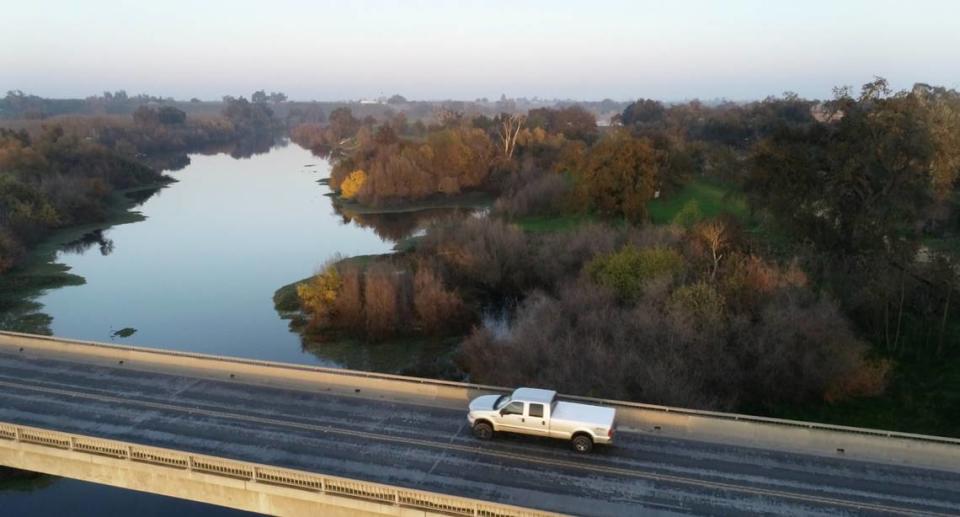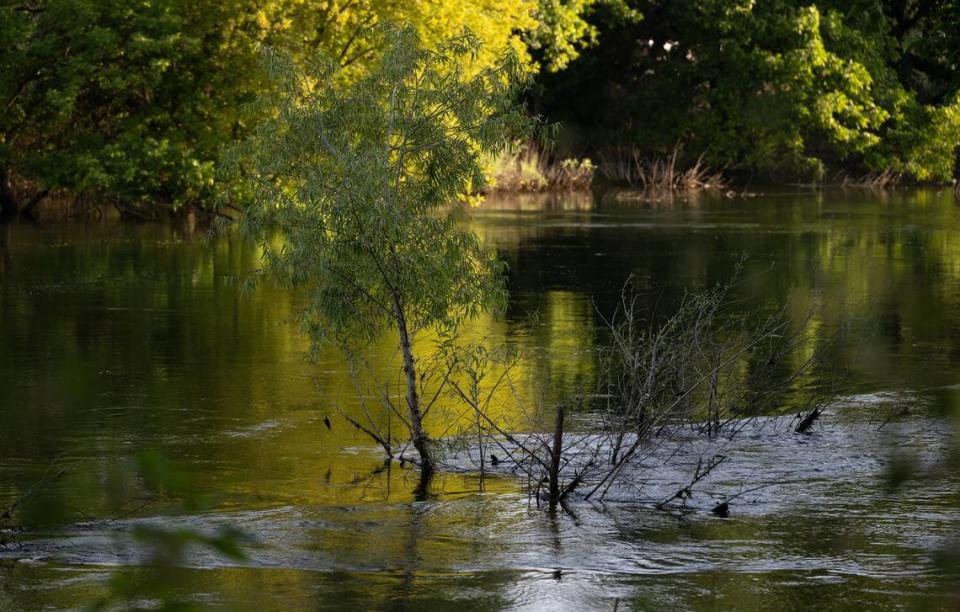Tuolumne River fish will get $80 million in habitat improvements from MID, TID and SF
The main diverters of the Tuolumne River will pay for $80 million worth of habitat projects for its fish.
The work will run until 2030 for the Modesto and Turlock irrigation districts and the city of San Francisco. They hope the projects will fend off calls from environmental groups to release more reservoir water for fish downstream.
The three announced the plan in a news release Wednesday, Dec. 13. It involves the 52 miles from Don Pedro Reservoir to the Tuolumne’s confluence with the San Joaquin River.
The agencies have long expected to fund such efforts under state and federal rules for river users. The projects will include restoring gravel beds where salmon spawn and riverside forest that shelters newly hatched fish.
“MID is proud of our continued stewardship and commitment to the Tuolumne River and our communities that rely on it,” General Manager Jimi Netniss said in the release.
The agencies will have help from River Partners, a nonprofit involved with floodplain restoration, and Applied River Sciences, a consulting firm. They will determine the exact locations during the first year of the agreement, at a cost of $230,090.

River begins in Yosemite
The Tuolumne rises amid glaciers at 13,000 feet in Yosemite National Park. About an eighth of the flow is taken at San Francisco’s Hetch Hetchy Reservoir, just inside the park’s western boundary. The system meets varying percentages of the water demand for about 2.7 million customers in four Bay Area counties.
MID and TID together capture about half of the Tuolumne at Don Pedro Reservoir. They irrigate about 210,000 farmland acres and supply part of the drinking water for about 360,000 people in Modesto, Ceres and Turlock.
The three agencies also generate hydropower on the river. MID and TID sell it to local residents. San Francisco uses it for transit, airport and other city operations.
These and smaller diversions leave only about 20% of the natural flow below Don Pedro, environmental groups note. They include the Tuolumne River Trust, which is based in San Francisco and has a Modesto branch office. It supports increasing flows to at least 40% of the primeval conditions.
The trust contends that restored gravel beds and floodplains can function only if the water is high enough. The group also says conservation by farm and urban users could make up for the lost supply.
The three agencies have offered to boost reservoir releases somewhat, but well short of what environmentalists seek.
100,000 tons of gravel to mitigate damage
The agreement calls for placing about 100,000 tons of spawning gravel in areas damaged by past mining and other causes. A total of 77 acres of riverside forest will be restored, allowing high river flows to spread more naturally. This water can seep slowly into the ground, boosting an aquifer that can be stressed during dry years.
“We’ve always been willing to do our part to further protect natural habitats, including in times of drought,” said Dennis Herrera, general manager of the San Francisco Public Utilities Commission.
River Partners is based in Chico and has a branch office in Modesto. It has restored numerous floodplains around the state, including the 2,100-acre Dos Rios Ranch near Grayson.
“River Partners believes creating a thriving future for California’s natural resources, ecosystems and people requires deep commitment with diverse public and private partners,” President Julie Rentner said.
Applied River Sciences, formerly McBain Associates, is based in Arcata, Humboldt County.

One river stretch is already higher
TID has enhanced the Tuolumne in another way, as part of the treatment plant completed last month for Turlock and Ceres. All of the district’s water had long been diverted near La Grange. The portion for the cities flows about 25 more miles before being withdrawn near the Geer Road bridge.
“We’re excited to continue the ongoing stewardship of the Tuolumne River – improvements that our community will see the benefits of for generations to come,” TID General Manager Michelle Reimers said of the new plan.

